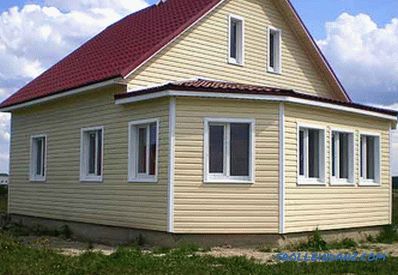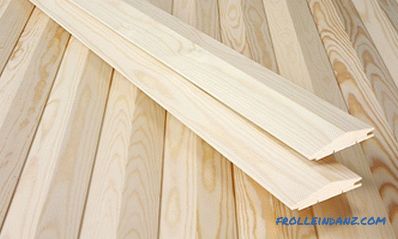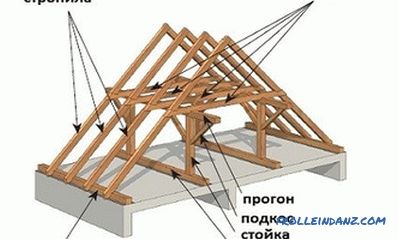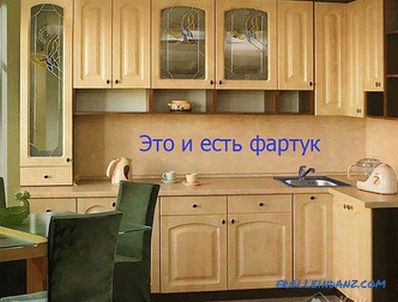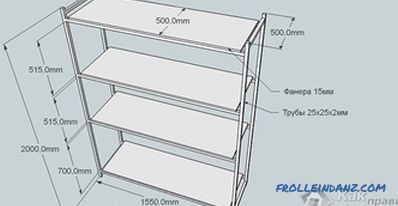Now radiators of a completely new type have appeared on the market. Manufacturers and sellers claim that they are able to work wonders. These are vacuum radiators of heating, the principle of operation of which we will examine in detail in this material, and also consider whether they are as effective as the manufacturers assure.
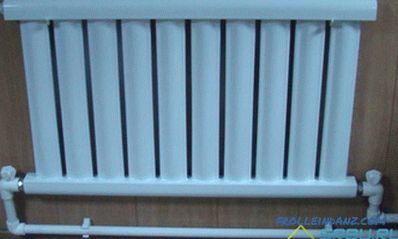
The device of a vacuum radiator
In general, there is nothing complicated in its design. The radiator consists of metal sections. Instead of water, there is a lithium-bromide solution in the sections, boiling already at plus 35 degrees Celsius. The air from the sections is completely pumped out to reduce internal pressure. Hot water flows from the heating system through the lower radiator collector. It should not come into contact with the coolant, and contact occurs only through the metal surface of the pipe. This pipe (like the whole radiator) is made of 1.5 mm carbon steel.

The device of a vacuum radiator.
The principle of operation of the vacuum heater
Hot water coming from the heating system to the lower part of the radiator (connected to the heating system using standard couplings) transfers heat to the lithium-bromide liquid. It quickly begins to evaporate, heating all sections of the radiator. Condensate flows down, then again moving to steam rises up. Thus, the outer wall of the pipe, adjacent to the coolant, is constantly cooled. And the temperature difference between its inner and outer surface contributes to an increase in heat flow.
The radiator sections, heated by hot steam for a couple of minutes, give off heat to the surrounding air. And, according to manufacturers, this happens instantly. The heat transfer of one section of this device declared by them is 300 watts and at the same time very small amount of water is used. These are serious numbers - then we will try to find out if this is so. And at the same time we will check how beautiful the new heating devices are.
Video: The principle of operation of vacuum radiators
Whether to believe advertising that praises vacuum heating devices
We will try to approach this issue as thoroughly and objectively as possible, taking basis only proven facts. In this case, we consider each of the specified manufacturer of the advantages of these radiators. So, let's start.
1. The lightning-fast warm-up time characteristic of vacuum radiators is constantly advertised. Well, let's say. However, the whole house will not warm up so quickly. After all, it contains not only air, but also walls, internal partitions with furniture, a ceiling with a floor. It takes time to heat them up. And therefore it is not so important whether the radiator itself will warm up for a minute or five.
2. Now about a small amount of coolant, which is supposedly very economical. That's just the question - exactly where this savings manifests itself. If in the central heating system, then this is a real bluff - not so important here, more hot water will flow through the pipes or less. If we take a country cottage, then there is a questionable economy in it, considering that the same modern panel radiators also require not so much heat carrier
3. In air-cooled radiators, air plugs cannot appear. About this with enthusiasm broadcasts advertising. But after all, radiators are not the whole heating system, but only a part of it. By the way, traffic jams appear only when this system is illiterately assembled. Otherwise, they will not be with any radiators.
4. Two more fat plus points that manufacturers trump. This is the impossibility of clogging radiators and the absence of corrosion. Perhaps, for autonomous heating systems, these advantages are unlikely to be so fat. If the hot water in the heating is clean, its acidity level meets the standards, and it does not drain from the system, then there will be no corrosion. And the blockages come from nowhere.
5. As for low hydraulic resistance, allegedly drastically reducing the cost of heating, let's say. For centralized heating it is not clear at all whose costs are meant. Is that the owners of boilers, hundreds of kilometers distilling tons of hot water. It turns out the benefit can only be when used in an autonomous heating system and it is still a question whether it can be. And for an autonomous system in their home, many use the natural circulation of the coolant, so this question is irrelevant.
6. The next item will be energy saving twice, or even four times. With this, the error came out, since the law of conservation of energy is still valid. Radiators, even the most innovative, cannot generate energy. They only transmit it, and saving is not to be said. How much heat is spent, so much must be replenished - the only way.
7. Now let us touch on the heat transfer of vacuum tubes, which, according to manufacturers' certificates, is not stable. This indicator may have deviations up to 5 percent up and down. It turns out that this depends on the speed of water in the heating system and on its temperature. So it is hardly possible to adapt the automation to such a radiator. And two radiators with an equal number of sections can have different parameters.
8. Let us speak separately about heating systems in private homes, where water circulates naturally. Here the hydraulic head is important, which is created due to the difference in the height of the hot water in the boiler and the radiator. So, for vacuum-type devices, this height is much smaller, so they work with problems in such a system.
9. Now imagine that there is a crack in the radiator housing. Even if it is tiny, you can forget about the vacuum. It will go permanently, and normal atmospheric pressure will be restored. And it, in turn, will lead to an increase in the boiling point of the coolant. The result will be deplorable - either the liquid will hardly evaporate or the steam will not appear at all. In short, the radiator will stop heating.
10. By the way, this wonderful (according to sellers and advertisers) lithium-bromide liquid is also poisonous, it turns out. Therefore, the fact that radiators with coolant leakage will become cold, only half the trouble. Worse, if the battery to leak, for example, at night, poisoning the sleeping inhabitants of the apartment.
So, perhaps, it is not always worth believing advertising, so convincing at first glance.
